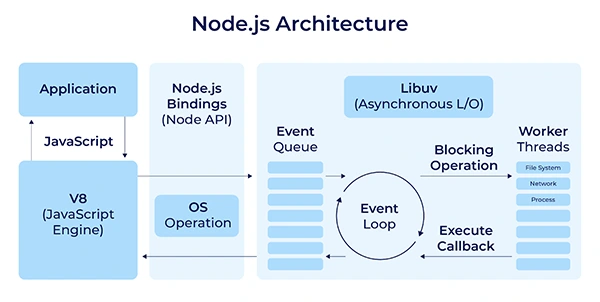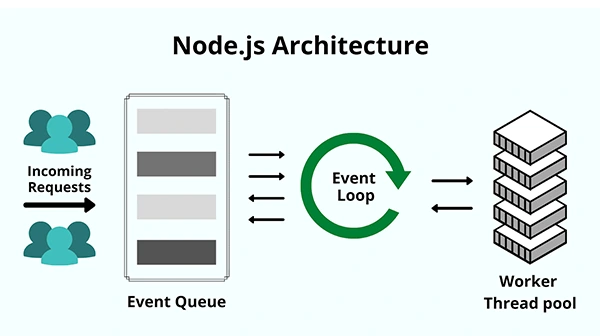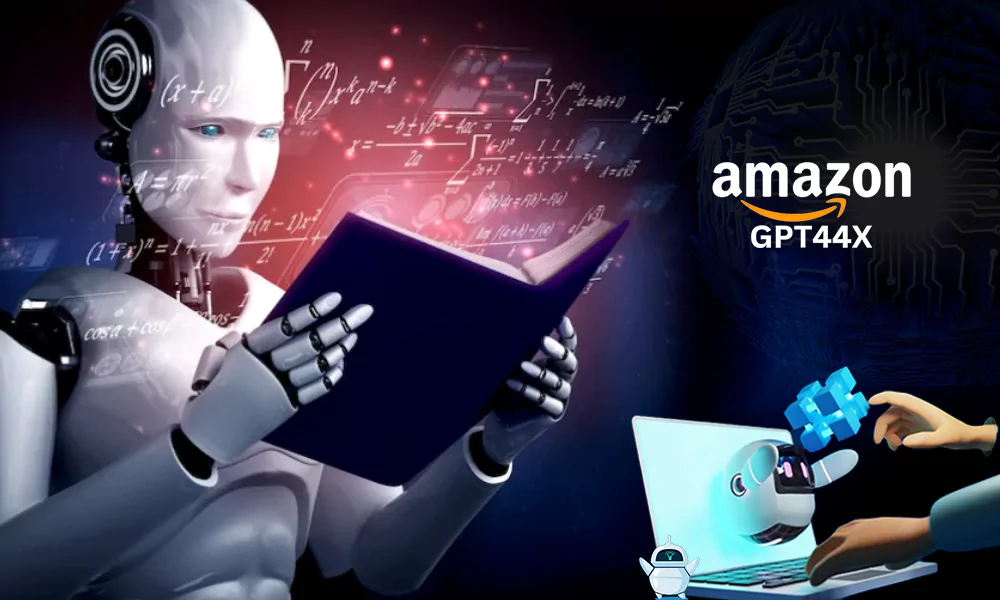Make It Pop: How Node.js Makes Dynamic Content?

The Internet was created for interactions, and the faster they are, the better the user experience. This is the factor that distinguishes popular e-services from those hardly known. Let’s consider that people rarely grant others the time and patience needed for a serious conversation, so how could anybody sit through a minute-long response for a simple mouse click as though it is a serious philosophical question?
Before interactive content, web pages had to be reloaded each time new information was requested. JavaScript changed that all from the top to bottom and increased user experience dramatically. For example, in the good times before the pop-up ads came into existence, the pop-ups were designed purely to benefit the user.
They included intuitively simple tools like menus and buttons, not to mention alert messages and notifications about emails from friends. All these things are now a given for any website and web service.

Behind the scenes, servers are the ones doing the heavy-duty work, processing user requests, and sending necessary information back. However, servers and users’ computers don’t just make the web work. Between them, they create the mysterious cyberspace of the times before the only rational reaction to a pop-up ad was an instinctive movement of the pointer to the upper-right corner of the ad. That magical world still exists and thrives behind the shiny facade of the front end, and this is exactly where Node.js does its job. In 10 words, Node.js runs JavaScript on servers instead of on your browser.
Open Source Has Always Been the Future
Node.js is an open-source software, a notion that may not bring too much excitement to a website’s end-user. However, open-source backend software is the same concept as free software for the end user. In short, it’s an industry disruptor. We don’t need to search for examples of successful free services that have been around for long: Google gives search results for free, as well as its Office suite, which has even caused Microsoft to create a free version of its own Microsoft Office suite; YouTube lets people watch videos for free; and OpenAI is currently providing ChatGPT for free. Before using this OpenAI for content, you must know the disadvantages of ChatGPT.

It may be argued that node js in 2023 is among the top technologies that power the web today. A straightforward description of it as an open-source, scalable technology enabling interactive web experience shows how deeply rooted it is in our everyday Internet use.
Node.js Makes Servers Serve You
Any successful digital technology needs to be scalable, and it’s the name of the game. The popularity of Node.js is based on its ability to free server resources and tackle user traffic efficiently during heavy server loads. The key is how it allows servers to process many requests simultaneously. To illustrate the working process, this is how interactive content is created with Node.js:

- When a user visits a website, the browser sends a request to the server.js.
- The server sends sufficient information to the browser to render a webpage quickly.
- The browser sends additional requests to the server when the user interacts with the content.
- On the server side, Node.js allows the hardware to serve many users at the same time by “turning off” processes that serve those users who have received their previous requests already but didn’t ask for any new ones. It’s called asynchronous event-driven runtime.

It sounds like more work compared to a simple JavaScript running in a browser, and it is. However, working with gigabyte-large databases would otherwise require downloading them each time. Node.js allows users to interact with these vast amounts of data as though it is all at the tips of their fingers. It is easy to understand why most prominent internet companies use this kind of technology today.
How Can People Interact without Interactive Content?
Everything on the web today is interactive, even text. This is why efficient use of JavaScript technology is the key to ensuring a web service is always available and appealing to users. But no technology stands in one place because it has to adapt to the constantly changing demand.
To be efficient and rapidly adapting to the needs of the times requires harnessing the power of communities. Here again, being open source allows Node.js to thrive. Anyone who believes the Internet should be a better place can contribute to the source code behind this tech.
What Features do Node.js offer?

Node.js is an open-source, cross-platform environment that is capable of running on a wide range of operating systems, from Windows to Linux, Unix to macOS, and beyond. It is designed to provide a unified back-end environment for JavaScript code execution outside a web browser, leveraging the power of V8 JavaScript. Node.js connects the worlds of server and client programming by using a single language for fully developing web applications, rather than relying on different languages for server-side programming.
With Node.js being one of the most widely used and powerful web application development technologies, it has several key benefits, including:
- Performance: Based on Google Chrome V8, Node.js can run JavaScript code very quickly. Node.js supports many concurrent requests, so you don’t have to wait for each one to respond. This makes it ideal for fast, real-time apps that need high performance and scalability.
- Scalability: With Node.js, you can easily scale your applications horizontally or vertically. You can add more nodes to a cluster, or you can add more resources to existing nodes.

- Microservices Architecture: Microservices architecture allows you to break down your application into smaller, independent services that talk to each other, improving modularity, maintenance, and flexibility. So instead of being stuck on a single request, the server can work with multiple ones.
Returning to the dawn of cyberspace, the interaction between people and technology was always at the core of things. JavaScript is as close to this vision as we realistically have at the moment. Moreover, dividing computation between the user’s computer and the server is quite similar to calling the former a console, the name straight from William Gibson’s Neuromancer.










